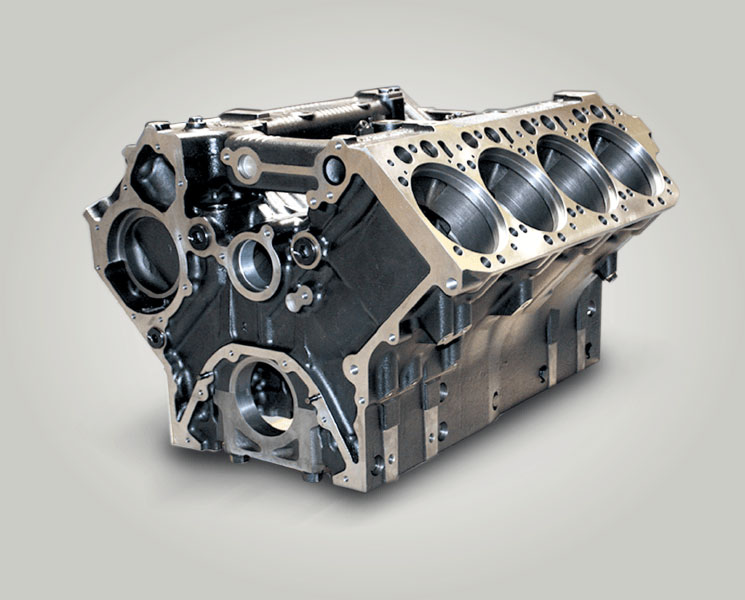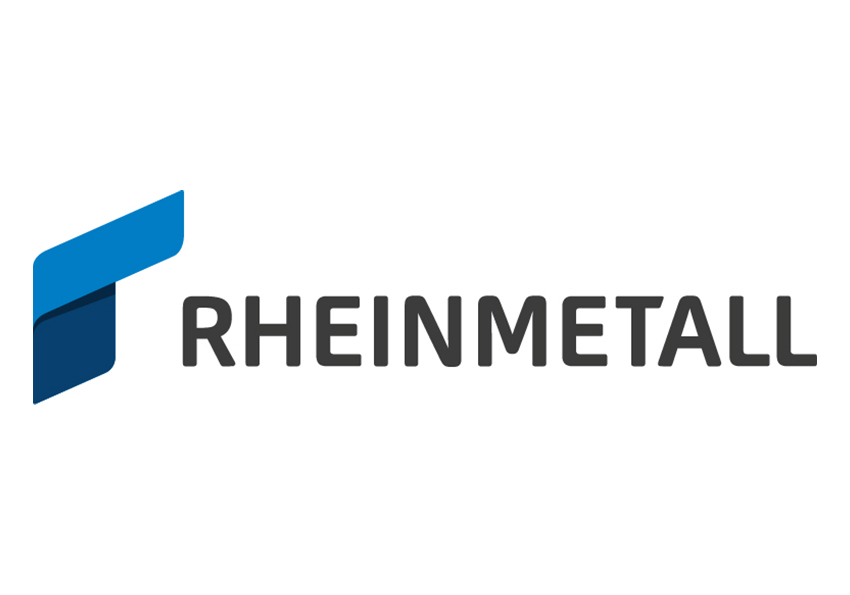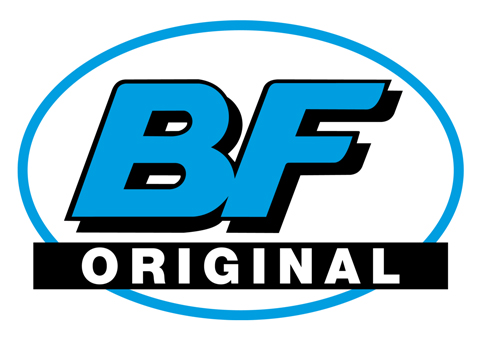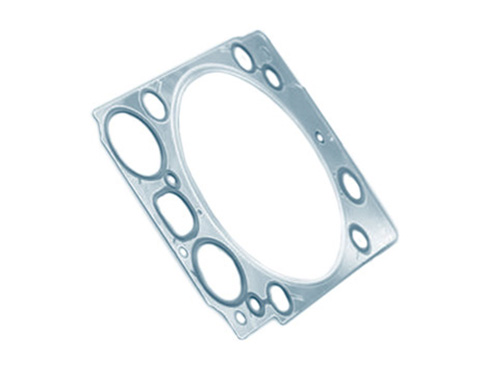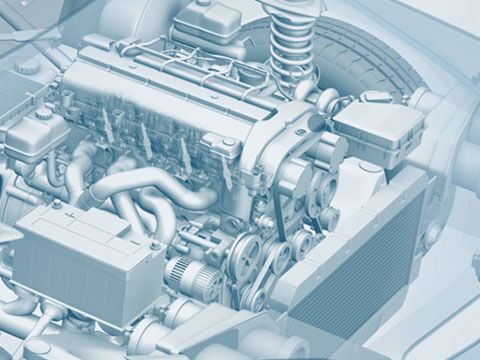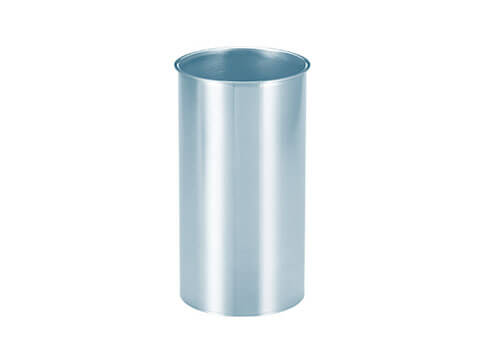Engine block
As the engine casing and cooling jacket, the engine block is the central element of an engine. In the
Function
As a central element of an internal combustion engine, alongside the cylinders, the engine block brings together the crankshaft bearing, and for water-cooled engines, the cooling jacket. The auxiliary units needed for the operation of the engine are also generally attached to the engine block.
Materials and design
Engine blocks are normally made from one cast part. Materials used usually include cast iron, spheroidal graphite iron, and lightweight metals (predominantly aluminium). For larger engines, the engine block is separated into two or more cast parts. In this case, the crankcase cylinders are most frequently produced separately.
Tasks
The engine block has varied functions and tasks, such as
- Transfer of the dynamic forces (inertia and gas forces) of an engine
- Mounting of the crankshaft drive
- Mounting and connection of the cylinder head/cylinder heads
- Mounting of the crankshaft, and the camshaft if required
- Inclusion of channels for the transportation of lubricants and coolants
- Integration of a crankcase ventilation system
- Connection to transmission and valve control drive
- Mounting of various auxiliary units
- Sealing of the crankcase to the outside through the oil sump.
Distinction: engine block and crankcase
The lower part of the engine block in which the crankshaft runs is called the crankcase. Depending on the engine design, the crankcase also contains the camshaft and the oil pump.

